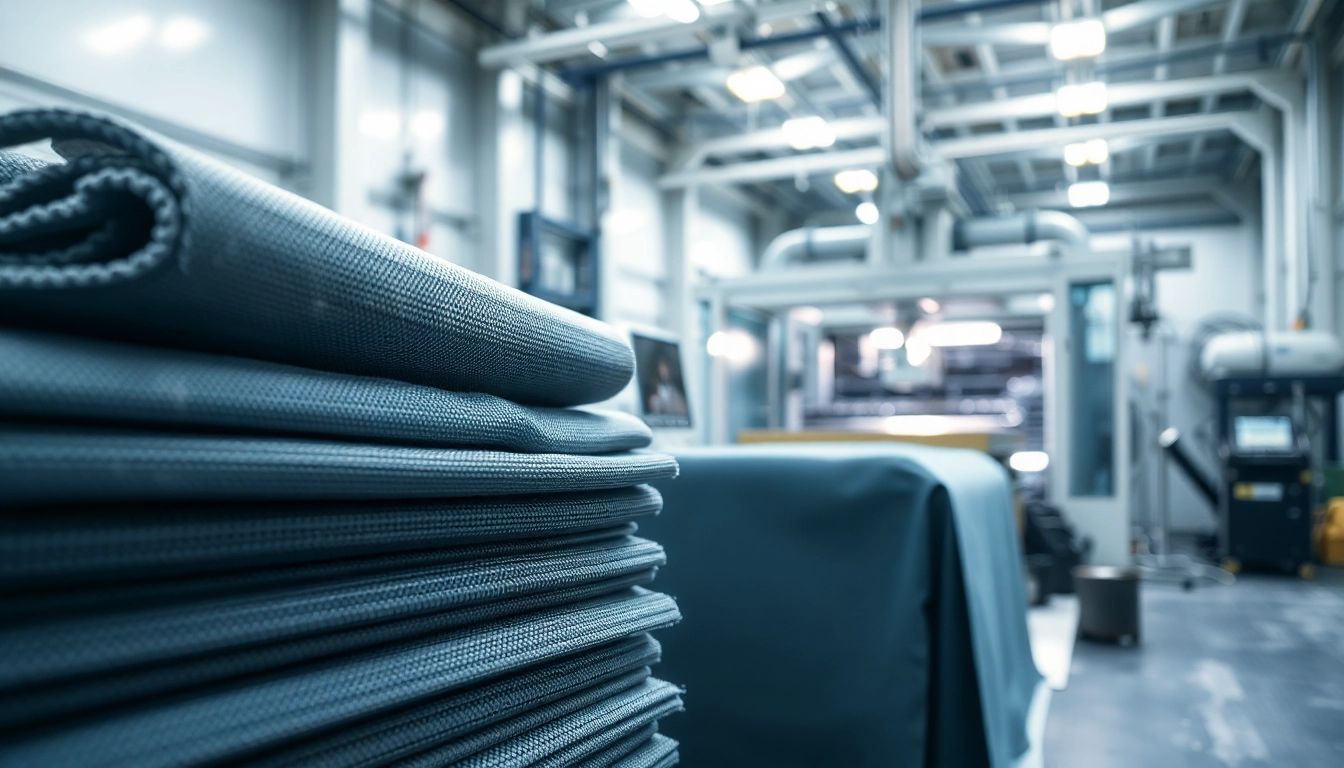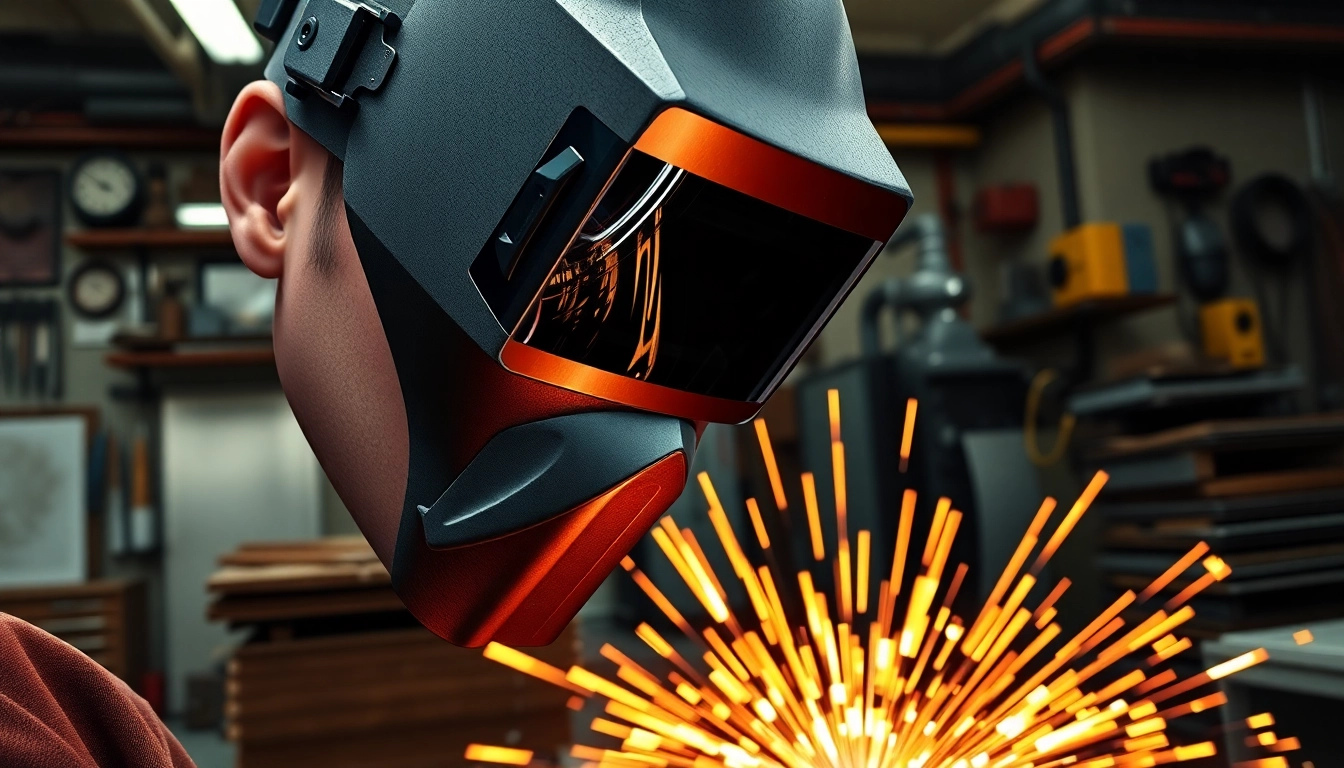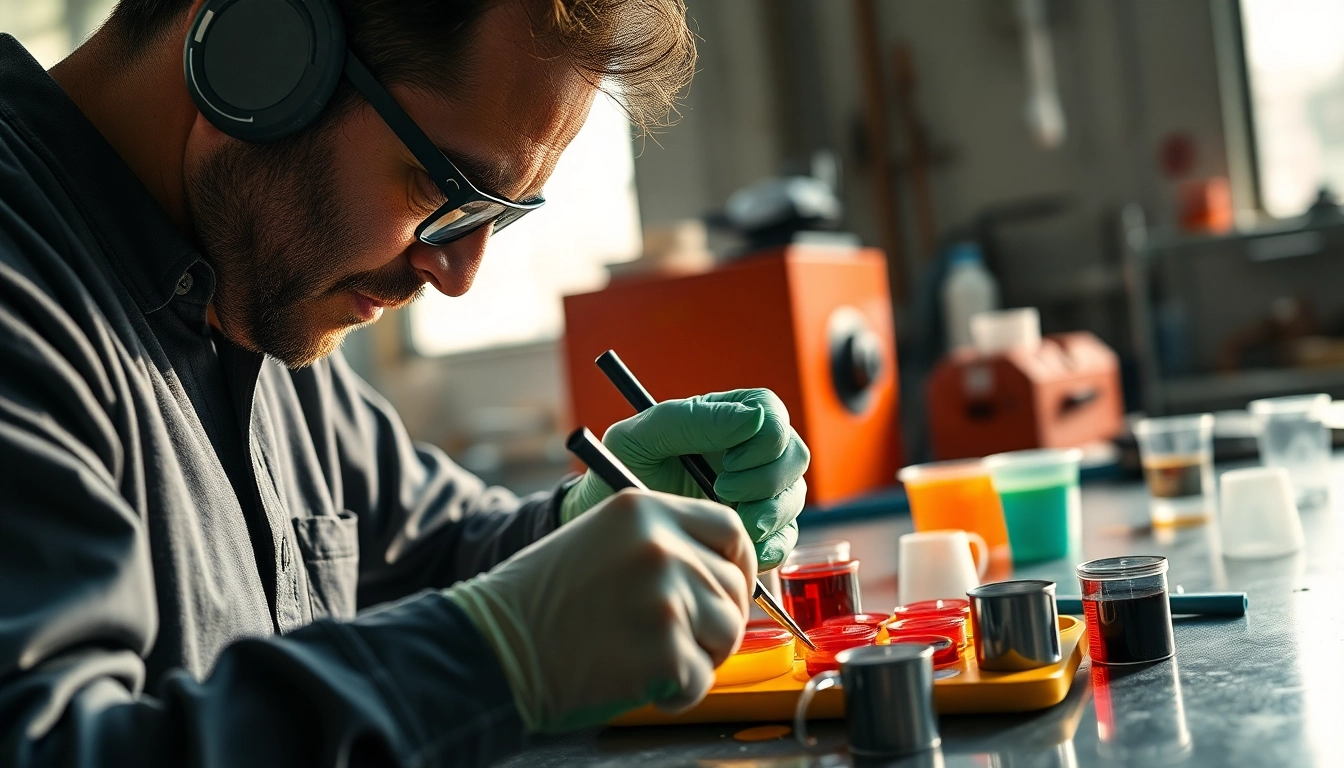Understanding Precision Die Cutting
What Is Precision Die Cutting?
Precision die cutting is a sophisticated manufacturing process used to cut materials into specific shapes and sizes with exceptional accuracy. This technique allows for the production of two-dimensional parts from a range of materials, including paper, cardboard, plastics, metals, and textiles. The process utilizes sharp blades or dies that are pressed into the material, ensuring a clean and precise cut every time. The integration of advanced technology has refined the precision die cutting process, enabling manufacturers to achieve tolerances as tight as 0.005 inches, which is crucial for parts that must fit together seamlessly (source: Precision die cutting).
Applications of Precision Die Cutting
The applications of precision die cutting are vast and varied, spanning multiple industries. In the automotive sector, it is commonly used to create gaskets, seals, and parts that require narrow tolerances and durability. Similarly, the electronics industry relies on die cutting to manufacture components like connectors, insulators, and switches, which are critical for functionality and safety.
Beyond traditional manufacturing, precision die cutting plays a pivotal role in packaging, allowing companies to create unique shapes and sizes tailored to their products. Medical device manufacturing is another area where precision die cutting shines, offering custom solutions for complex shapes needed in surgical instruments and orthopedic devices. Moreover, the graphic arts industry benefits greatly from die cutting for producing intricate designs in custom labels, business cards, and promotional materials.
Benefits of Choosing Precision Die Cutting
Choosing precision die cutting for your manufacturing needs comes with numerous benefits. One of the primary advantages is unmatched accuracy and consistency, which is vital for parts that need to fit perfectly in assemblies. Additionally, precision die cutting allows for high-speed production runs, reducing manufacturing time and costs. This efficiency is particularly beneficial for businesses looking to minimize waste, as the process can often make optimal use of material.
Another significant benefit is the versatility of materials that can be used. From flexible materials like foam and rubber to rigid materials like metal and plastic, precision die cutting accommodates various specifications and requirements. Furthermore, the ability to create complex shapes and designs without requiring extensive tooling means companies can quickly adapt to new designs and market demands.
The Precision Die Cutting Process
Materials Suitable for Die Cutting
A wide spectrum of materials can be utilized in precision die cutting, making it a highly adaptable process. Common materials include:
- Paper and Cardboard: Ideal for packaging, graphics, and product displays.
- Foams: Used in cushions, gaskets, and insulation.
- Plastics: Versatile for components in various industries, including automotive and electronics.
- Metals: Thin sheets or foils for durable and heavy-duty applications.
- Textiles: Employed in clothing, upholstery, and other fabric-related products.
Steps Involved in Precision Die Cutting
The precision die cutting process involves several essential steps:
- Design and Prototyping: The process begins with creating a detailed design using CAD (Computer-Aided Design) software. Prototypes may be created to assess aesthetics and functionality.
- Tooling: Once the design is finalized, the appropriate die is manufactured, which may involve steel rule dies or rotary dies, depending on the project requirements.
- Material Preparation: The chosen material is prepared, often requiring it to be fed into the die cutting machine in sheets or rolls.
- Die Cutting: The prepared material is placed under the die, where pressure is applied to cut the desired shapes.
- Quality Inspection: Each cut part is inspected for accuracy and any defects, ensuring that only high-quality products proceed to the next stage.
- Finishing: The last step may include additional processes such as embossing, lamination, or assembly, depending on the application.
Quality Control Measures in Die Cutting
Ensuring quality is paramount in precision die cutting. Quality control measures often include:
- Dimensional Inspection: Regular measurements of cut parts against the specifications are taken to confirm tolerances are maintained.
- Material Testing: Materials are tested for consistency and quality before production to avoid defects.
- Process Monitoring: Ongoing monitoring of the die cutting process allows operators to identify and address any issues promptly.
- Feedback Loops: Tools and practices for gathering feedback from clients inform ongoing improvements and refinements in the process.
Custom Solutions through Precision Die Cutting
Tailoring Die Cuts to Fit Your Needs
One of the most significant advantages of precision die cutting is its ability to provide tailored solutions. Custom die cuts can be designed to meet specific requirements in terms of shape, size, and material, allowing for innovative and effective solutions across industries.
For instance, a company specializing in packaging can create unique shapes for product packaging that differentiate them in a competitive market. Similarly, businesses in electronics can customize insulators or components to fit complex designs, enhancing overall product functionality and aesthetics.
Case Studies of Successful Die Cutting Projects
Successful case studies often illustrate the potential of precision die cutting. In one example, a well-known automotive manufacturer required a series of gaskets that needed to withstand high temperatures and compressive forces. By leveraging precision die cutting, they were able to produce these gaskets with exact specifications, resulting in improved performance and decreased manufacturing costs.
Another case involved a healthcare company that sought custom packaging for surgical instruments. Using precision die cutting, they achieved packaging that not only met stringent healthcare regulations but also improved efficiency in packaging operations by reducing excess material and wasted space.
Cost Considerations for Custom Die Cutting
While precision die cutting can offer significant benefits, it’s essential to consider the cost implications. Initial tooling costs can be a factor, depending on the complexity of the design and the material selected. However, these costs are often offset by savings achieved through reduced waste, efficient material usage, and high-speed production.
It’s advisable to perform a cost-benefit analysis to determine the long-term financial viability of a custom die cutting solution, factoring in production volumes, material costs, and potential for design changes over time.
Choosing the Right Precision Die Cutting Partner
Factors to Consider in a Die Cutting Service Provider
Selecting a precision die cutting partner requires careful consideration of several factors:
- Experience and Reputation: Seek providers with a proven track record in your specific industry to ensure they understand your needs.
- Technological Capabilities: Determine whether the provider utilizes the latest cutting technologies, which can enhance precision and efficiency.
- Quality Assurance Processes: Reliable partners should have stringent quality control measures in place.
- Customization Options: Providers that offer flexible customization capabilities will be valuable partners for unique projects.
- Customer Support: Effective communication and customer service are essential in maintaining a productive partnership.
How to Evaluate Die Cutting Quality and Service
Evaluating the quality and service of potential die cutting partners can involve:
- Request Samples: Expect to see samples of previous work to assess quality and precision.
- Check References: Speak with past clients to gauge their experience with the provider.
- Conduct Site Visits: Visiting the manufacturer’s facility can offer insights into their operational and quality processes.
Frequently Asked Questions about Precision Die Cutting
Potential clients often have queries regarding precision die cutting, including:
- What are the tolerances for die cutting? Tolerances can vary, but typical ranges for precision die cutting are around +/- 0.005 inches.
- What are the different types of die cutters? Popular types include flatbed and rotary die cutters, each with distinct advantages based on application and material.
- How much does die cutting cost? Cost can vary based on design complexity and material, but clients should expect initial tooling costs and production pricing based on quantity and material type.
The Future of Precision Die Cutting
Emerging Technologies in Die Cutting
The die cutting industry is experiencing rapid advancements, driven by the emergence of new technologies. Innovations such as automated robotic die cutting systems and integrated software solutions are streamlining the production process, allowing for higher production rates and reduced error rates. Further, advancements in materials science are leading to new die-cutting materials that can deliver even more precise cuts.
Potential Innovations and Trends
Future innovations may include the increased use of digital technology for personalization and on-demand manufacturing. Industry players are beginning to adopt digital die cutting methods, which can eliminate the need for traditional dies while still achieving high precision and customization for small runs.
How to Stay Competitive with Precision Die Cutting
To remain competitive, businesses should focus on continuous improvement in their processes and invest in the latest technology and training for their staff. This focus can enhance efficiency, reduce waste, and improve the overall quality of the product. Moreover, understanding market trends and being adaptable to changes in consumer needs will position companies strongly in an ever-evolving marketplace.



